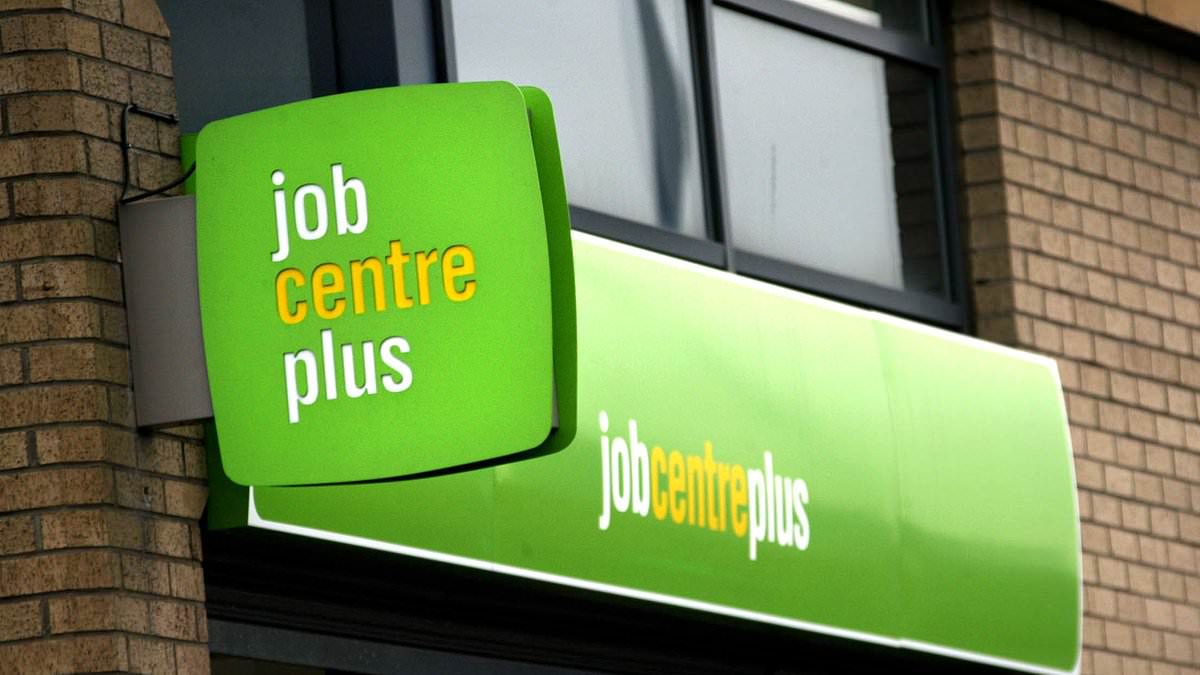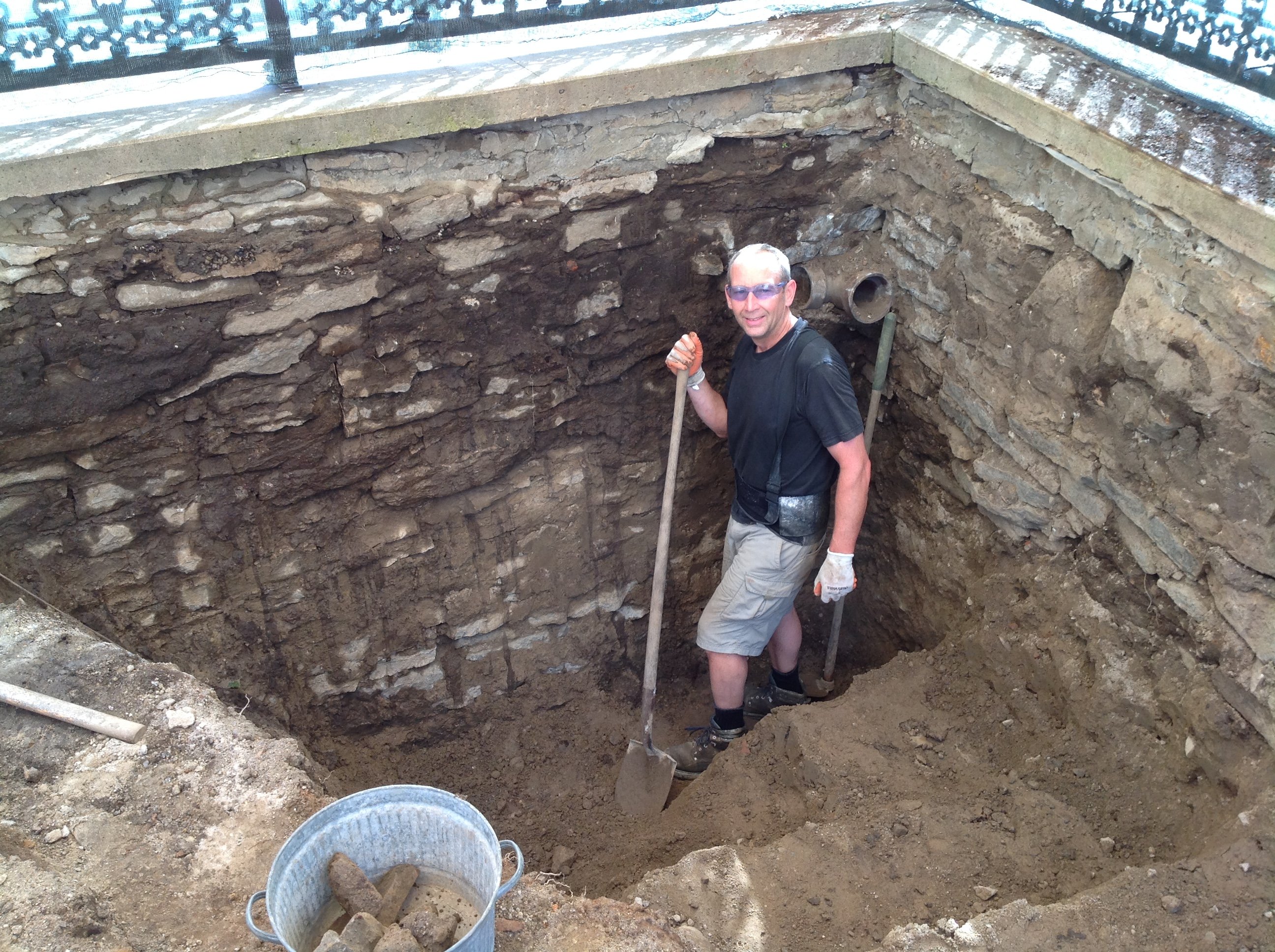Copyright dailymail

The scale of Britain’s worklessness crisis was laid bare today as figures showed the number of children living in jobless households last year hit a near-decade high. A staggering 1.2million children (9.4 per cent) in 2024 lived in households with adults who had not worked for a year or more. This was the highest level since 2015 (10.1 per cent), according to the damning Office for National Statistics data. When households where adults temporarily not working at any given point were included, the figure hit 1.5milion children (11.2 per cent). The North East was the region with the highest rates - 16.6 per cent and 18.6 per cent respectively. The lowest were in the South West (6.6 per cent) and the South East (7.9 per cent). Most regions across the UK recorded surges, with only the South West and Yorkshire/Humber recording a slight fall. In SNP-run Scotland the figure was 11.3 per cent, up from 9.8 per cent the year before. Meanwhile, in Labour-run Wales it surged to 10.4 per cent, up from 8.4 per cent. It comes amid record numbers of people being signed off as too ill to work due to sickness or disability and as job creation stagnates because of Chancellor Rachel Reeves’s £25billion tax raid on businesses in last year’s Budget. Critics said it was yet more proof that ‘Labour isn’t working’. Tory work and pensions spokesman, Helen Whately, said: 'The best route out of poverty is work. 'That's a Conservative view and it's also a fact. That’s why we worked so hard in Government to reduce the number of children growing up in workless households. 'Now the numbers are going in the wrong direction. 'A child growing up in workless home not only loses out financially, they also lack role models to show them what a working life looks like. 'Labour always goes for sticking plaster solutions and hand-outs, rather than fixing the real problem. 'The country's children deserve better. That's why Conservatives have set out welfare reforms to make sure work always pays and get people off benefits and into work.' Former Work and Pensions Secretary Esther McVey added: 'Labour’s destruction of the economy in record time, which has led to unemployment rising every month they have been in office, is not just a personal tragedy for the people who have been losing their jobs, but also for their children who are growing up without a role model or someone going out to work. 'We know that worklessness can pass through the generations, and that is why the government needs to cut taxes and costs on businesses to get the economy going, employment levels rising and hope for younger generations.' According to the data, the overall proportion of children in UK households with adults who were jobless for a year or more peaked under the last Labour government at 14 per cent in 2010, or 1.65million. This then fell to 10.1 per cent in 2015 under the coalition government and 7.9 per cent under subsequent Tory governments in 2020. It increased slightly to 8.2 per cent in 2023, largely because of the pandemic, before jumping to 9.4 per cent last year. Separate data published in July found that almost 40 per cent of people living in a house where not a single adult family member is employed were out of work after being signed off as sick or disabled. Workless households have ballooned since the pandemic, increasing from 2,955,658 (13.9 per cent of all households) in 2023 to 3,085,497 (14.4 per cent of all households) in 2024. In turn, this has caused the sickness and disability benefits bill to rocket. Spending on health and disability benefits was approximately £75.7billion last year. But this is forecast to hit almost £100billion by 2030. Labour’s attempts to slash £5billion from the nation’s welfare bill failed earlier this year after Sir Keir Starmer faced the biggest rebellion of his premiership and the Government scrapped the plan. It is yet to set out an alternative. David Finch, of the Health Foundation charity, said the data ‘paints a deeply concerning picture’, adding: ‘Children growing up in workless households are at greater risk of poverty and poorer physical and mental health, which can limit their chances of future employment, creating a cycle that is difficult to break. ‘The Government's ambition to tackle economic inactivity must be led by action to prevent people leaving work in the first place.’ The ONS said its figures were estimates based on the Household Annual Population Survey and are defined as ‘statistics in development’, which means they are likely to contain some uncertainty and could be revised in the future. The Department for Work and Pensions was contacted for comment.



